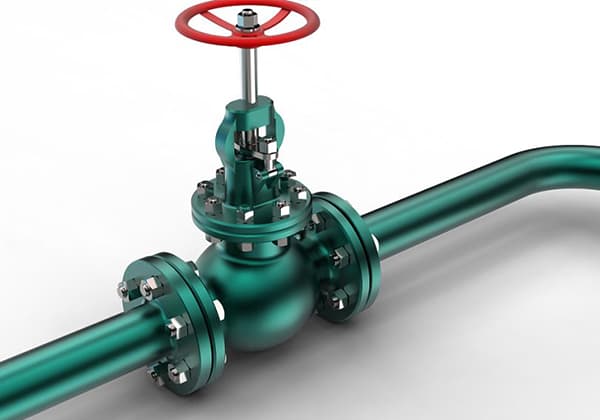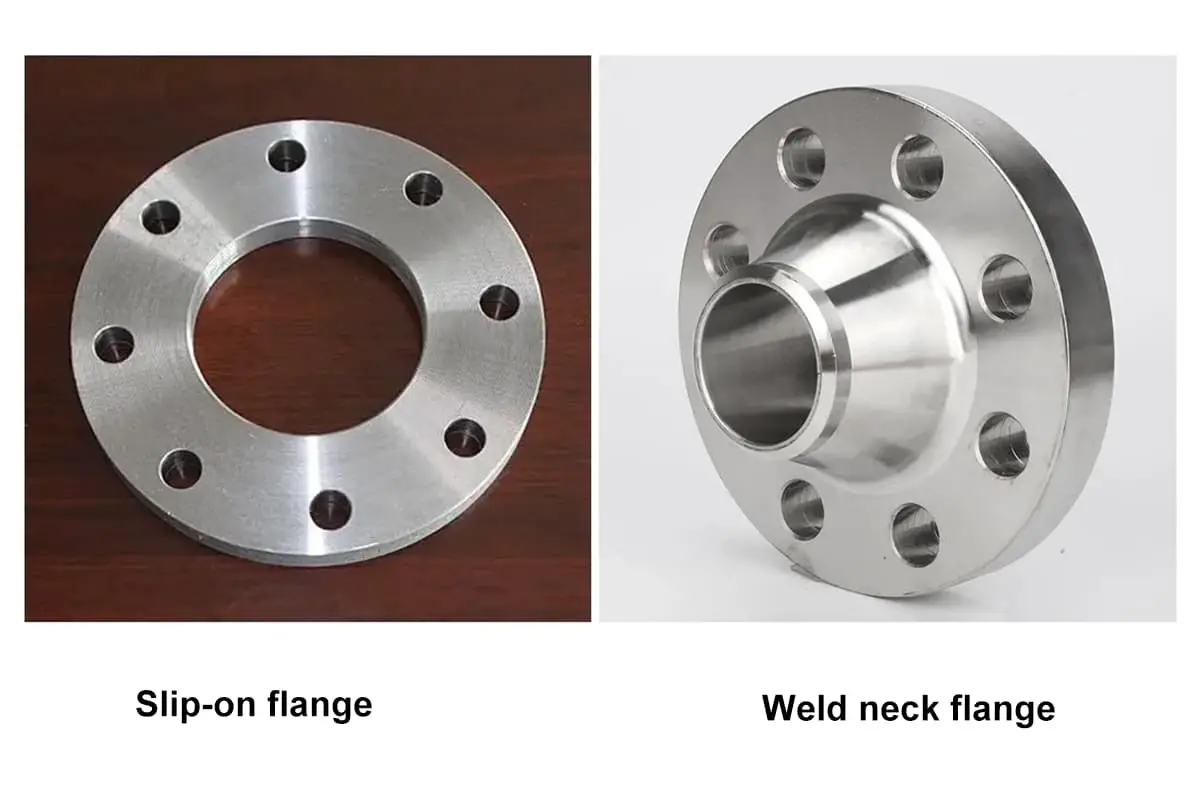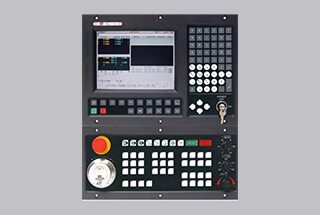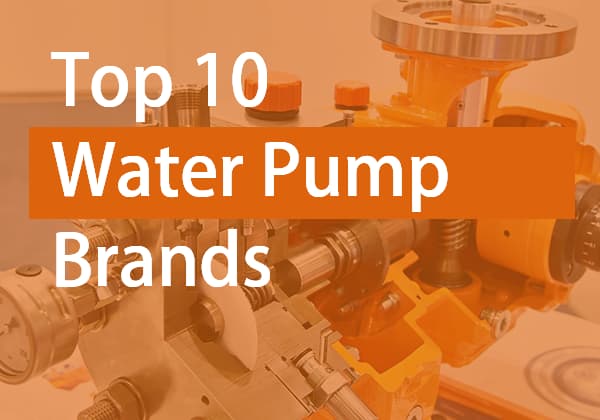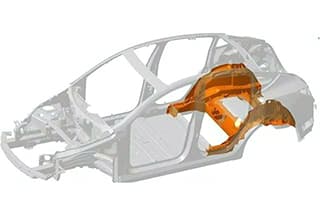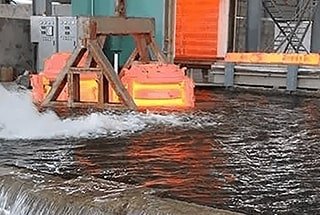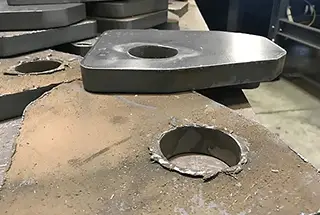
Have you ever wondered what makes certain pumps more efficient for different applications? In this article, we’ll explore the fascinating differences between double suction and single suction pumps. You’ll learn how their unique designs impact performance, cost, and suitability for various engineering tasks. Get ready to uncover the secrets behind these essential mechanical components!
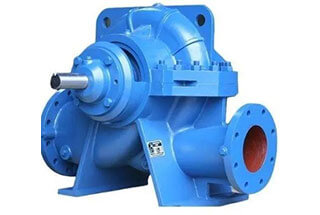
The double suction pump features a unique impeller design consisting of two back-to-back impellers. This configuration allows water to enter from both sides simultaneously, converging into a single volute casing after passing through the impellers. This improved structure enables the pump to achieve high head and large flow rates, making it a popular choice in various engineering applications.
The pump’s design incorporates two suction chambers, one on each side of the impeller. Contrary to common misconception, both chambers serve as inlets, not one for inlet and one for outlet. The suction inlets are typically positioned perpendicular to the lower part of the pump shaft, a design choice dictated by the impeller’s rotational dynamics and optimized flow patterns.
A key advantage of the double suction pump lies in its reduced susceptibility to cavitation. By dividing the total flow between two inlets, the velocity of water entering each side of the impeller is effectively halved compared to a single suction pump of equivalent capacity. This lower inlet velocity, maintained at the same rotational speed and overall flow rate, significantly decreases the risk of cavitation – a phenomenon where vapor bubbles form and collapse in low-pressure areas, potentially causing damage and efficiency loss.
Additionally, the balanced axial thrust inherent in the double suction design contributes to improved pump longevity and reduced maintenance requirements. This configuration also allows for higher specific speeds, making double suction pumps particularly suitable for applications requiring high flow rates at moderate to high heads.

The single suction pump is characterized by its horizontal and axial intake, coupled with a vertical and radial discharge. This pump employs a suspended structural design, offering significant maintenance advantages. During servicing, the rotor assembly can be extracted without the need to dismantle the inlet and outlet pipelines, greatly reducing downtime and simplifying maintenance procedures.
The pump-motor interface utilizes either a standard or extended elastic coupling, allowing for efficient power transmission while accommodating minor misalignments and reducing vibration. Shaft sealing is achieved through soft packing, a cost-effective and easily maintainable solution suitable for a wide range of applications.
For rotational support, the pump incorporates a single row radial ball bearing. This bearing type is chosen for its ability to handle both radial and light axial loads, ensuring smooth operation and extended service life. The bearing is oil-lubricated, which provides superior heat dissipation and contamination resistance compared to grease lubrication, particularly beneficial in high-speed or high-load applications.
When observed from the motor end, the pump’s impeller rotates clockwise. This standardized rotation direction is crucial for proper installation and system design, ensuring optimal flow characteristics and preventing potential issues such as cavitation or reduced efficiency due to incorrect impeller rotation.
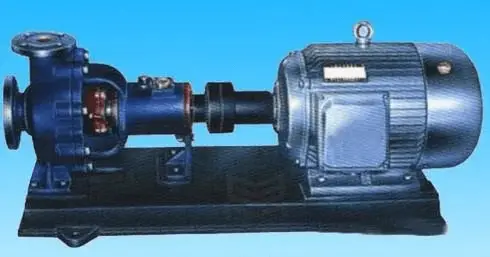
When a single suction pump initiates operation, the shaft-driven impeller rotates at high velocity, imparting centrifugal force to the pre-filled liquid between its vanes. This force propels the fluid radially from the impeller’s center to its periphery. As the liquid traverses the impeller, it undergoes energy transformation, with a significant increase in both kinetic and potential energy, manifested as elevated static pressure and flow rate.
Upon exiting the impeller, the liquid enters the pump casing, where it experiences deceleration due to the gradual expansion of the flow passage. This deceleration process facilitates the conversion of kinetic energy into static pressure energy, adhering to Bernoulli’s principle. The liquid then discharges tangentially into the outlet pipeline. The volute-shaped pump casing serves a dual purpose: it efficiently collects the impeller’s outflow while simultaneously functioning as a critical component in the energy conversion process.
The centrifugal action of the impeller creates a low-pressure zone at its center. This pressure differential, coupled with the total potential energy difference between the storage tank’s liquid level and the impeller’s center, induces a suction effect. Consequently, liquid is drawn from the tank into the impeller’s central region. The continuous rotation of the impeller maintains this cycle of intake and discharge, establishing a steady flow through the pump system.
The overall energy transfer within a centrifugal pump can be quantified using the Euler turbomachine equation. The mechanical energy imparted to the liquid primarily manifests as an increase in static pressure energy, with additional gains in velocity head. This energy transformation is reflected in the pump’s characteristic curve, which illustrates the relationship between flow rate, head, and efficiency. Modern computational fluid dynamics (CFD) techniques allow for precise optimization of impeller and casing designs, enhancing overall pump performance and energy efficiency.
Inlet Configuration
Single suction pumps feature an impeller that receives fluid from one inlet, while double suction pumps utilize an impeller design with two inlets, allowing fluid intake from both ends. This fundamental difference in inlet configuration significantly impacts pump performance and applications.
Flow Capacity and Operational Stability
Double suction pumps excel in high-flow applications requiring stable operation. For scenarios demanding exceptionally high flow rates, single suction pumps necessitate large inlet and outlet diameters with moderate rotational speeds, typically around 1450 RPM, to maintain stability.
In contrast, double suction pumps offer several advantages:
These benefits make double suction pumps particularly suitable for large-scale industrial applications where space optimization and efficiency are crucial.
Cavitation Resistance
Double suction pumps demonstrate superior cavitation resistance compared to their single suction counterparts. This enhanced performance is attributed to:
The balanced axial thrust in double suction pumps also contributes to extended bearing life and improved overall pump reliability.
Hydraulic Balance and Efficiency
The symmetrical design of double suction pumps offers improved hydraulic balance, resulting in:
This balanced configuration allows double suction pumps to handle higher capacities more efficiently than equivalent single suction models.
Economic Considerations
While double suction pumps generally come with a higher initial cost compared to single suction pumps, the long-term benefits often justify the investment:
Single suction pumps remain cost-effective for a wide range of applications, particularly in lower flow rate scenarios or where space is limited.
Selection Criteria
The choice between single and double suction pumps should be based on:
For high-capacity applications or systems prone to cavitation issues, double suction pumps often prove to be the superior choice despite their higher initial cost.

